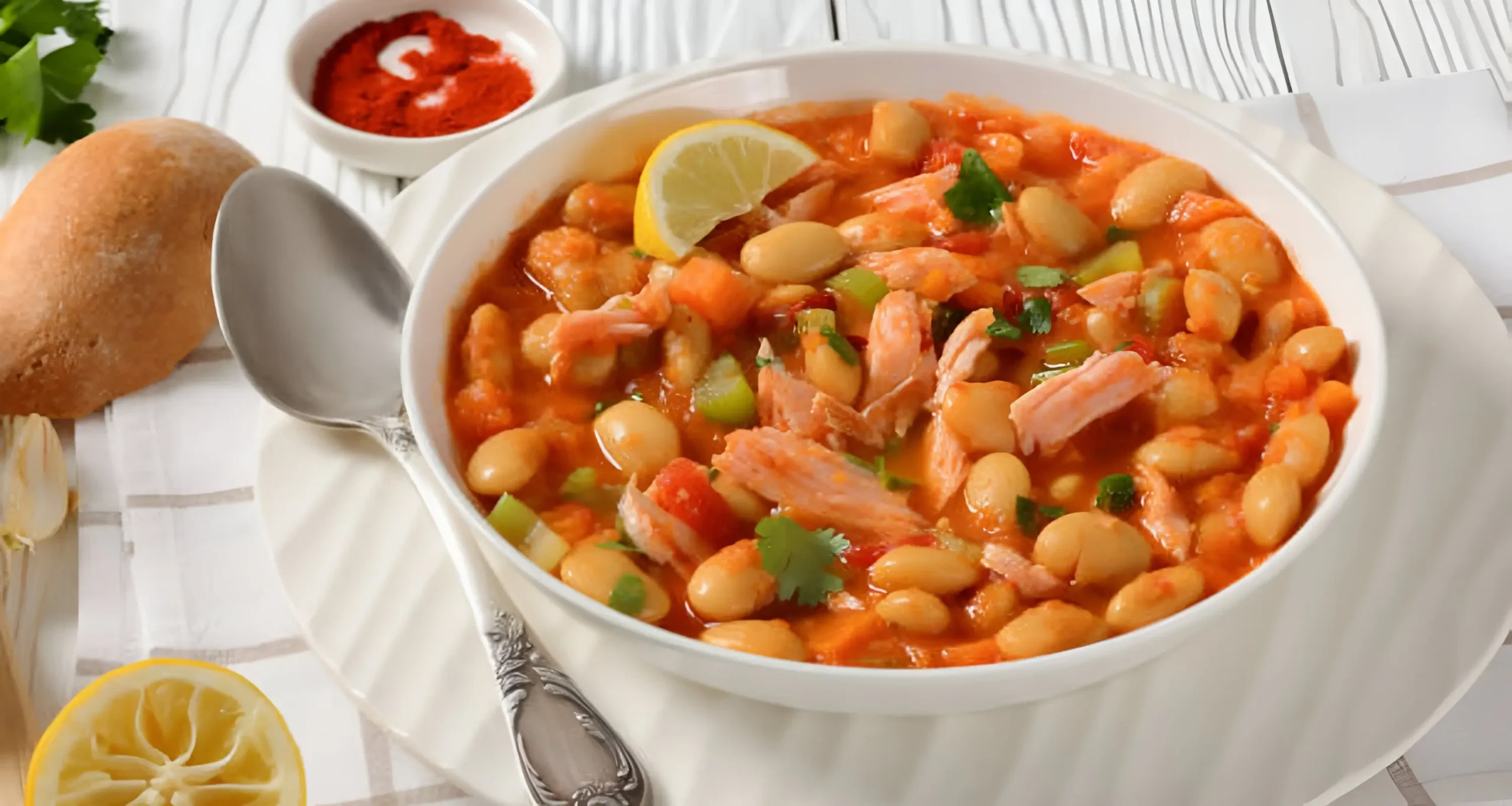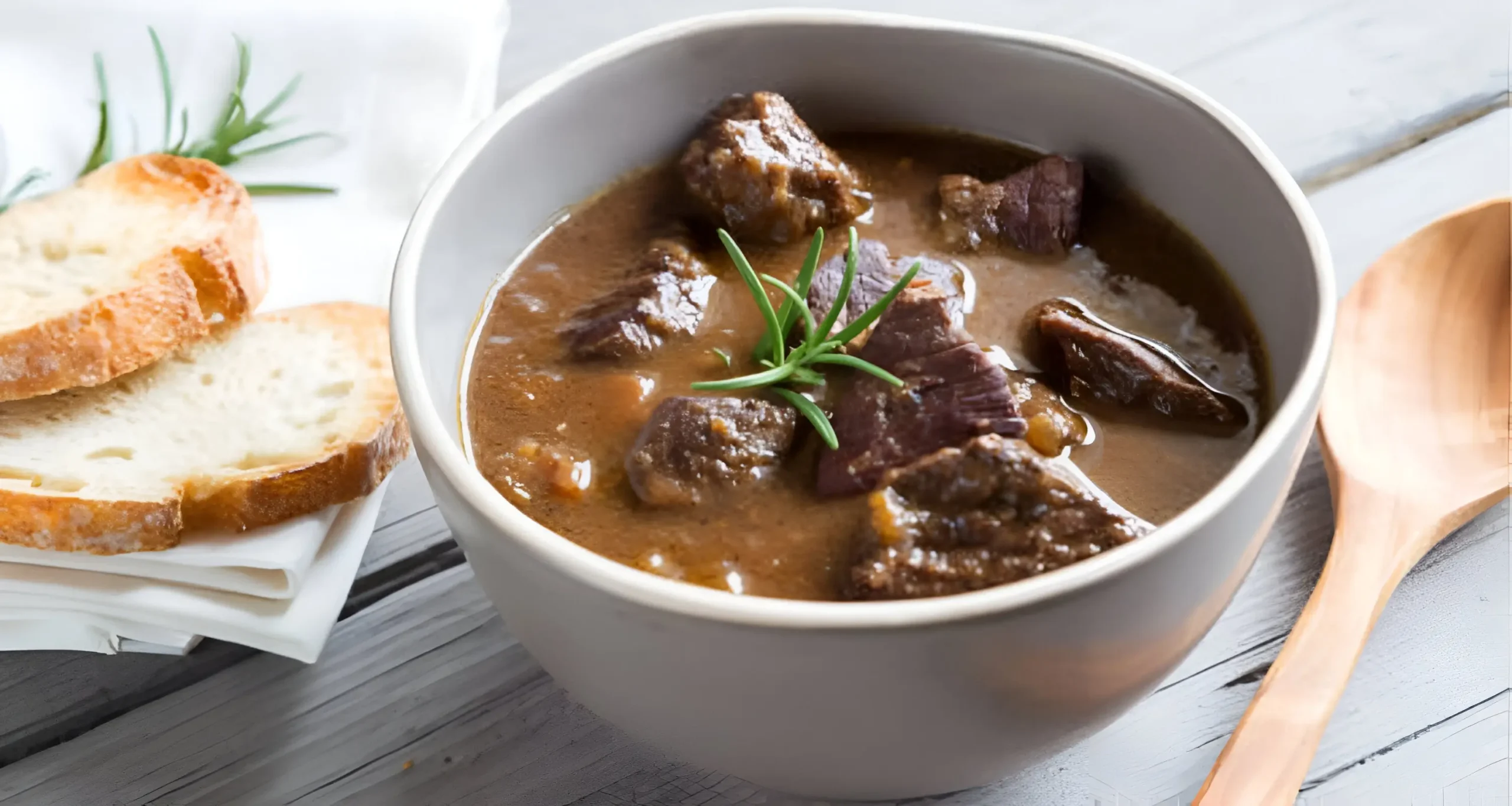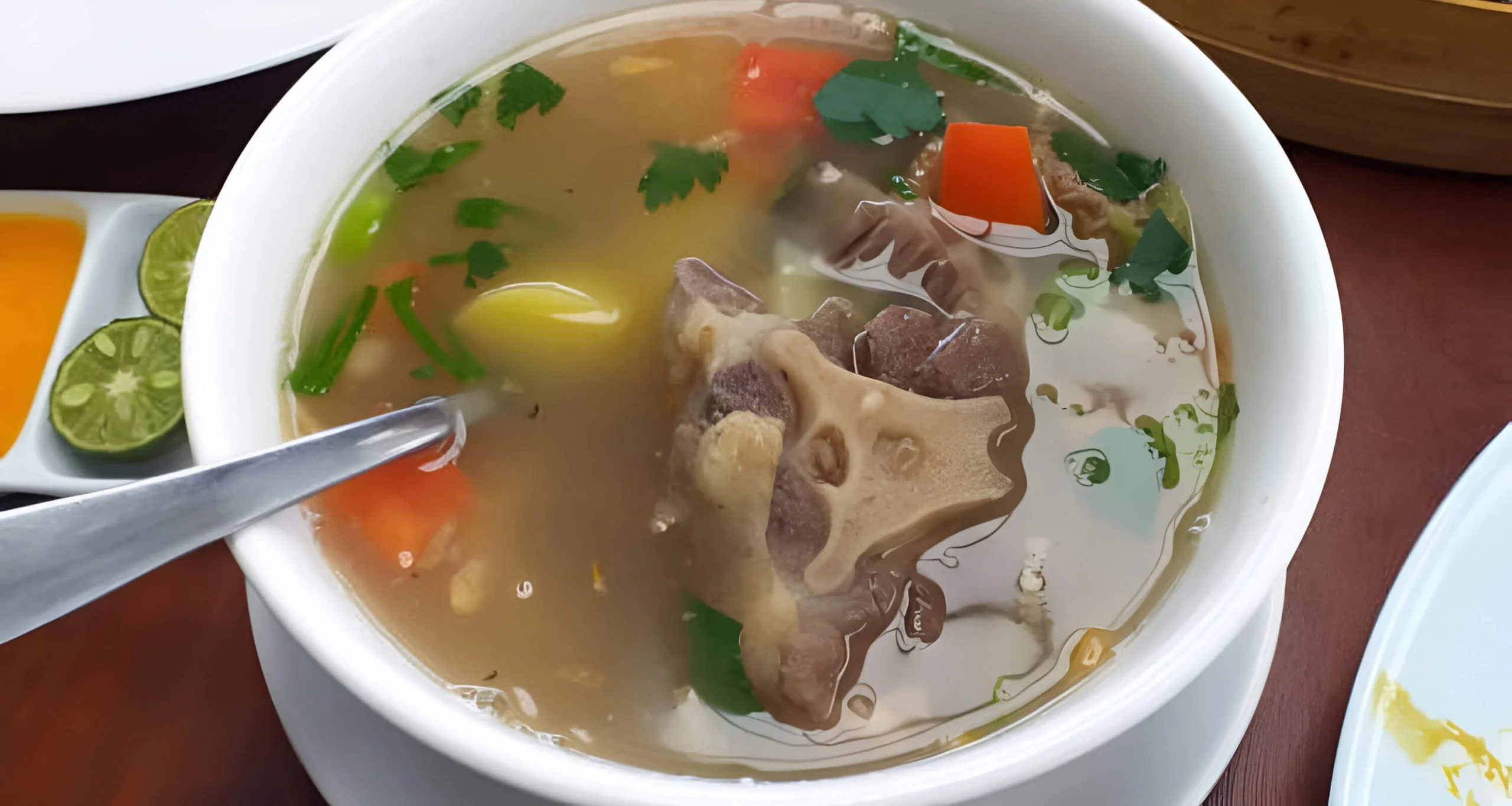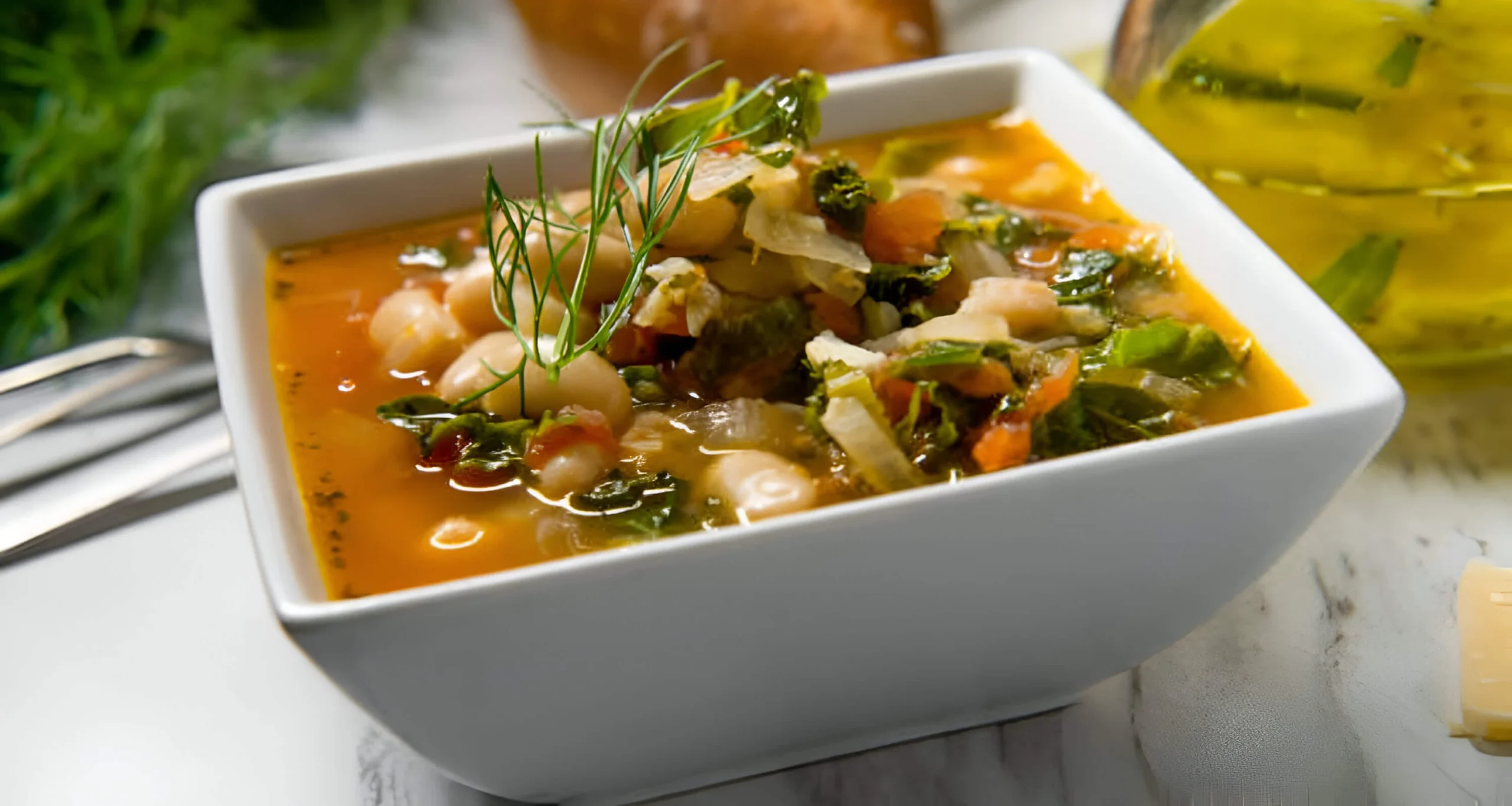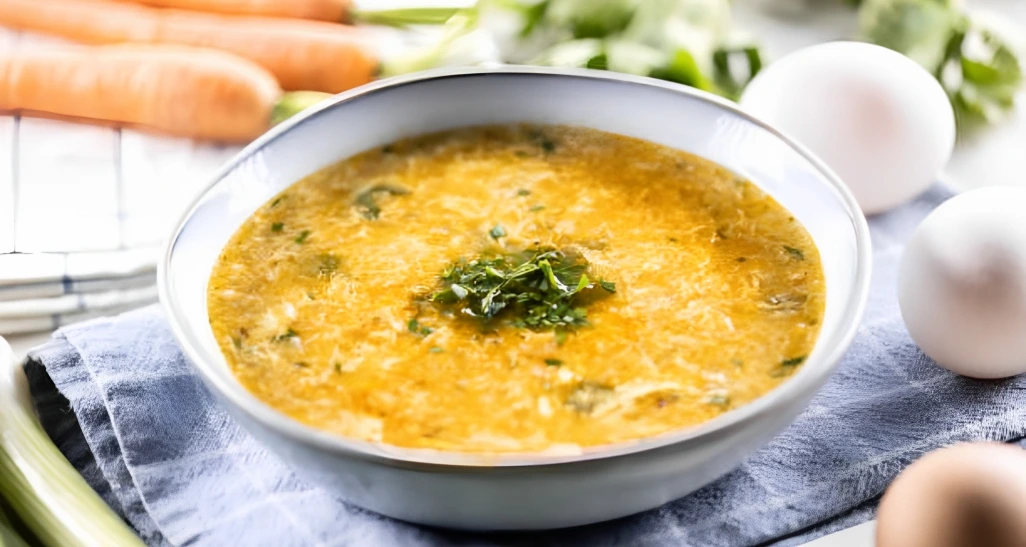Soup Recipes: How to Freeze & Reheat 9 Soups Perfectly

Freezing soup recipes can change how you cook at home. It’s great for busy nights and when you’re hungry suddenly. Having meals ready in the freezer is a big help.
Knowing how to freeze and reheat soups means you’re always ready for a warm meal. This is true whether you love cooking or are short on time. These tips will keep your soups tasting and feeling just right.
Freezing soups is more than just a quick fix. It’s a smart move to cut down on waste, save money, and enjoy meals without endless kitchen time. We’ll show you how to freeze and reheat nine different soups perfectly.
Key Takeaways
- Learn professional soup freezing techniques
- Preserve flavor and nutrition in homemade soups
- Save time and reduce food waste
- Discover best practices for different soup types
- Master reheating methods for optimal taste
Essential Tips for Freezing Homemade Soups
Freezing your favorite soups right is more than just putting them in any container. The right freezing methods keep the taste and quality of your soups perfect. This way, you can enjoy tasty meals whenever you want.
Freezing homemade soups is an art that needs careful prep and smart storage. If done right, you can enjoy your top picks for months.
Selecting Freezer-Safe Containers
Picking the right container is key for keeping soups fresh. Here are some good choices:
- Rigid plastic containers with tight-fitting lids
- Freezer-safe glass containers
- Heavy-duty freezer bags
Each type has its own benefits. Plastic containers stop leaks, and freezer bags save space.
Proper Cooling Methods
Before freezing, cool your soup right to stop bacteria and keep its texture. Here’s how:
- Remove soup from heat
- Let it cool to room temperature in 2 hours
- Divide into smaller portions
- Refrigerate before freezing
Labeling and Dating Systems
| Soup Type | Freezer Storage Time |
|---|---|
| Vegetable Soup | 4-6 months |
| Chicken Soup | 4-6 months |
| Beef Soup | 2-3 months |
Make a clear labeling system with the soup name and date. Pro tip: Use waterproof markers and freezer-safe labels to keep track of your soups.
Best Winter Soup Recipes for Batch Cooking
Winter soups are the perfect comfort food for chilly days. They warm you up and can feed your family for days. Making them in bulk saves time and money, and keeps your fridge stocked.
The best soups for batch cooking are full of nutrients and freeze well. Here are some great choices:
- Hearty Beef and Vegetable Soup: Packed with protein and seasonal vegetables
- Classic Minestrone: Loaded with beans, pasta, and mixed vegetables
- Chicken and Wild Rice Soup: Creamy and satisfying meal option
- Spicy Lentil and Tomato Soup: Warming and nutritious winter staple
When making soups for batch cooking, pick recipes with ingredients that stay good after freezing. Root veggies, beans, and strong meats are great. Don’t add dairy or cream until you’re about to eat it.
Pro tip: Always leave about an inch of space at the top of your storage container to allow for expansion during freezing.
Plan to make big batches on weekends. Then, portion them out into individual containers. This way, you’ll have quick, tasty meals all week.
How to Prevent Freezer Burn in Stored Soups
Freezer burn can ruin your tasty soup recipes. It’s important to know how to keep your soups fresh in the freezer. This way, you can enjoy their full flavor and texture.
Freezer burn happens when food loses moisture and forms ice crystals. This causes dehydration and makes the food less tasty. To keep your soup’s taste and texture, you need to store it right.
Proper Sealing Techniques
Keeping your soup away from air is key to avoiding freezer burn. Here are some tips for the best storage:
- Choose rigid containers with tight-fitting lids
- Leave minimal headspace to reduce air contact
- Use vacuum sealers for maximum protection
- Wrap containers in plastic wrap for an extra barrier
Temperature Control Tips
Keeping your freezer at the right temperature is important. Aim for 0°F (-18°C) or lower. This helps prevent ice crystals from forming.
| Soup Type | Recommended Storage Duration | Freezer Burn Risk |
|---|---|---|
| Broth-based soups | 4-6 months | Low |
| Cream-based soups | 2-3 months | High |
| Vegetable soups | 3-4 months | Medium |
Storage Duration Guidelines
Each soup type has its own shelf life in the freezer. Mark containers with the date of preparation. This helps you keep track of how long they’ve been stored. It ensures they taste their best.
“Proper storage is the secret to enjoying great-tasting soups months after cooking.” – Culinary Experts
Classic Chicken Soup: Freezing and Reheating Guide
Freezing your favorite chicken soup recipe can be a big help for busy cooks. Saving good soup recipes is important, and chicken soup is great for freezing if done right.
To freeze chicken soup, start by cooling it down completely. Don’t add noodles or pasta yet, as they can get mushy when thawed.
- Cool soup to room temperature within 2 hours
- Use freezer-safe containers with tight-fitting lids
- Leave 1-inch space at the top for expansion
- Remove excess air to prevent freezer burn
Choose containers that keep out freezer burn when storing your soup. Glass containers with straight sides or heavy-duty freezer bags work best. Make sure to label each container with the date and what’s inside.
Reheating needs gentle care to keep the soup’s flavor and texture. Thaw it in the fridge overnight, then heat it slowly on the stovetop. Stir often to avoid scorching.
Pro tip: Add fresh noodles or herbs after reheating to restore the soup’s original taste and texture.
Chicken soup can be safely frozen for 4-6 months. Always check the soup before eating and throw it away if it smells or looks off.
Cream-Based Soups: Special Freezing Considerations
Cream-based soups need special care when freezing. They must keep their smooth texture and not separate. This is key to enjoying them later.
Freezing cream-based soups can be tricky. Their high fat content can change their texture. So, it’s important to prepare them right for freezing.
Preventing Separation in Creamy Soups
To keep your creamy soups together, try these tips:
- Remove dairy before freezing
- Use cornstarch to stabilize
- Choose soups with less cream
- Use full-fat dairy for better freezing
Reheating Methods for Creamy Soups
Reheating creamy soups gently is key. High heat can make them curdle or separate. So, keep the heat low.
| Soup Type | Recommended Reheating Method | Temperature |
|---|---|---|
| Potato Cream Soup | Stovetop, low heat | Medium-low (140-160°F) |
| Clam Chowder | Slow cooker | Low setting |
| Mushroom Cream Soup | Microwave with stirring | 50% power |
Texture Restoration Tips
Here’s how to make your creamy soups smooth again:
- Whisk well while reheating
- Add a bit of fresh cream
- Blend with an immersion blender
- Stir constantly
Pro tip: Cool soups completely before freezing. Use airtight containers to keep them fresh.
Vegetable Soup Recipes That Freeze Well
Winter soup lovers know not all soups freeze the same. To make soups that freeze well, pick the right ingredients and prepare them right. Some veggies keep their texture and taste better in the freezer than others.
When you’re freezing winter soups, focus on these veggies:
- Root veggies like carrots and parsnips
- Sturdy greens like kale and collards
- Squash types like butternut and acorn
- Strong legumes like lentils and split peas
Don’t freeze veggies with lots of water, like cucumbers or lettuce. They get mushy when thawed. Potatoes work well if diced small and cooked a bit before freezing.
“The secret to a great frozen vegetable soup is preparation and smart ingredient selection.” – Professional Chef
Here’s a quick guide for freezing vegetable soup ingredients:
| Vegetable Type | Freezing Performance | Recommended Preparation |
|---|---|---|
| Carrots | Excellent | Blanch before freezing |
| Spinach | Good | Chop and freeze raw |
| Zucchini | Fair | Cut into small pieces |
Always cool your winter soup down before freezing. Use tight containers or freezer bags, leaving room for expansion. Your soups will stay fresh-tasting for a long time if prepared right.
Quick Thawing Methods for Frozen Soups
Learning how to thaw frozen soup safely makes meal prep easier. It keeps the flavors of your favorite soups intact. Whether it’s homemade or leftovers, thawing right is key for taste and safety.
Thawing frozen soups needs careful attention to avoid bacterial growth. The method you choose affects your soup’s quality.
Safe Defrosting Practices
The safest thawing method is slow and controlled. This keeps the soup’s texture and taste good. Here are some safe ways to thaw:
- Refrigerator thawing: Move frozen soup to the fridge 24 hours before you eat it
- Cold water method: Put sealed soup in cold water, change water every 30 minutes
- Don’t leave soup at room temperature for too long
Time-Saving Techniques
For when you’re in a hurry, quick thawing methods are safe:
- Use the microwave’s defrost setting for a quick thaw
- Put soup in a pot and heat it slowly on low
- Stir often to heat evenly
Always check the soup’s temperature. It should be 165°F to kill off bacteria. This ensures your soup is safe and delicious.
Reheating Techniques for Different Soup Types
Reheating soup can be tricky. You want to keep the flavors of your favorite chicken soup or best soup recipes. Different soups need different ways to keep their taste and texture.
Clear broth soups do well on the stovetop. Heat them gently on low to medium heat, stirring now and then to avoid burning. Soups with chunky vegetables and meat also benefit from this slow heating. It helps keep the ingredients just right.
- Stovetop reheating: Best for most soup types
- Microwave method: Quick but requires careful attention
- Oven warming: Ideal for thicker soups
Microwave reheating needs careful steps. Use a microwave-safe bowl and heat in short bursts, stirring between each one. This stops hot spots and ensures even heating. For creamy soups, add a bit of milk or broth to keep them smooth.
When reheating chicken soup, watch the meat texture. Keep the heat low and add a bit more broth to avoid drying. Vegetable-heavy soups might need a quick stir to keep them looking fresh.
Pro tip: Always reheat soups to an internal temperature of 165°F to ensure food safety.
Your choice of reheating method can greatly affect your soup’s quality. Try out these techniques to find the best way for each of your favorite soups.
Common Mistakes to Avoid When Freezing Soups

Freezing soups can be tricky. Many home cooks make mistakes that ruin the soup’s quality. Knowing these mistakes helps keep your soups tasting great.
Portion Size Pitfalls
Getting the portion size right is key when freezing soups. Too big, and thawing and reheating are hard. Too small, and they dry out fast.
- Avoid freezing more than 2-3 cups per container
- Use shallow, wide containers for faster and more even freezing
- Leave about 1 inch of space at the top for expansion
Container Selection Challenges
Not all containers are good for freezing soups. The wrong one can cause freezer burn, contamination, or damage.
- Choose freezer-safe containers with tight-fitting lids
- Opt for glass or heavy-duty plastic containers
- Avoid using containers that can crack under cold temperatures
“The secret to perfect frozen soups is in the preparation and storage.” – Professional Chef
By avoiding these mistakes, your winter soup will stay delicious. It’ll be ready for you whenever you need a comforting meal.
How to Restore Texture in Thawed Soups
When you take out your favorite soup from the freezer, texture can be a problem. But, good soup recipes don’t have to lose their texture after freezing. Knowing how to bring back your soup’s original consistency is essential for a great meal.
Different soups need different ways to restore their texture. Pureed soups can become grainy or separate when frozen. Here are some professional tips to fix this:
- Use an immersion blender to mix ingredients well
- Whisk vigorously while reheating
- Add a small amount of fresh liquid to make it smoother
Chunky soups can have mushy vegetables. Here are some expert tips to keep the texture right:
- Add fresh chopped vegetables during reheating
- Reduce cooking time when rewarming
- Store vegetables separately when possible
“The secret to great soup is not just in the cooking, but in the careful preservation of its original texture.” – Culinary Experts
Cream-based soups need extra care. To avoid separation, reheat slowly on low heat and stir constantly. A gentle touch is key to keeping the soup creamy.
| Soup Type | Texture Restoration Method |
|---|---|
| Pureed Soups | Immersion blender, whisking |
| Chunky Soups | Add fresh vegetables, reduce reheating time |
| Cream-Based Soups | Slow heating, constant stirring |
With these methods, you can make your frozen soup recipes fresh again. Enjoy restaurant-quality meals right at home.
Storage Duration Guide for Different Soup Recipes
It’s important to know how long you can keep your favorite chicken soup and other soups in the freezer. This helps keep the food safe and its taste and nutrients intact. Storing your soups right is key.
How long you can store your soup in the freezer depends on its type. Knowing these times helps you keep your soups fresh for longer.
Clear Broth Soups
Clear broth soups last the longest in the freezer. This is because they are simple and light. They stay good for:
- 3-4 months in airtight containers
- Best at 0°F or below
- They don’t break down as easily
Protein-Based Soups
Chicken soup and other meat soups need more care in the freezer. Their protein content makes them more sensitive:
- Store for 2-3 months
- Keep meat and broth separate
- Use containers that don’t let air in
Vegetable Soups
Vegetable soups can be frozen in many ways. Here’s how to store them:
- They can last 4-5 months
- Pureed soups might not last as long
- Avoid freezing soups with potatoes or cream
Pro tip: Always label your containers with the date of preparation to track storage time accurately.
Equipment Needed for Proper Soup Storage

Storing winter soup right is key to keeping it fresh. You’ll need the right tools to prevent freezer burn. These tools help your soups stay tasty and good to eat for a long time.
Choosing the right containers is very important. You have a few options:
- Freezer-safe plastic containers with tight-fitting lids
- Glass jars with wide mouths
- Heavy-duty freezer bags
- Silicone storage containers
When picking storage equipment, think about a few things:
- Material durability – Make sure containers can handle freezing
- Leak-proof sealing – Keep your freezer clean
- Size flexibility – Choose sizes that fit your needs
Don’t forget these extra tools:
- Permanent markers for labeling
- Freezer-safe labels
- Ice cube trays for small soup portions
- Stackable storage bins
Good equipment helps keep your soup’s taste and texture. With the right storage, you can enjoy homemade soups for weeks. This saves time and cuts down on waste.
Conclusion
Learning to freeze soup recipes can change your cooking at home. You’ll find that soups can be quick, tasty meals that save time. Making a lot of soup at once means you always have a warm meal ready.
Knowing how to cool, seal, and reheat soups is key. Different soups need different care, from creamy to vegetable broths. This guide helps you keep soups fresh and reduce waste.
With these skills, you can try new soups and keep their flavors and textures. Freezing soups is great for busy days or winter. Start now and enjoy having homemade soups easily.
Practice makes better. Each time you freeze and reheat, you’ll get better. Your kitchen will become more efficient and delicious, one soup at a time.
FAQ
How long can I safely store homemade soup in the freezer?
You can safely store most homemade soups in the freezer for 2-3 months. Clear broth soups can last longer. Cream-based and protein-heavy soups are best eaten within 1-2 months for the best taste and texture.
What are the best containers for freezing soup?
Use containers that are safe for the freezer, like heavy-duty plastic or glass jars. Make sure they have tight-fitting lids. Leave about an inch at the top for the soup to expand when it freezes.
How do I prevent freezer burn on my soups?
To avoid freezer burn, seal containers tightly and remove air. Keep your freezer at 0°F (-18°C) or lower. Use vacuum-sealed bags or press out air from freezer bags before sealing.
Can I freeze cream-based soups?
Yes, but be careful. Cream-based soups might separate when frozen and thawed. Freeze the soup base without cream. Then, add fresh cream when reheating to get the right texture and flavor.
What’s the safest way to thaw frozen soup?
The safest way is to thaw it in the fridge overnight. For quicker thawing, use cold water. Change the water every 30 minutes. Never thaw at room temperature to avoid bacterial growth.
How can I reheat frozen soup without losing its quality?
Reheat slowly on the stovetop over medium-low heat, stirring often. If using a microwave, use medium power and stir frequently. Add a bit of extra liquid if it’s too thick after thawing.
Which soups freeze best?
Broth-based and vegetable soups freeze well. Avoid freezing soups with pasta or rice, as they can become mushy. Add these fresh when reheating.
How do I label frozen soups?
Use waterproof labels or permanent markers to write the soup type, date, and portion size on the container or bag. This helps track freshness and manage your soup inventory.
Can I refreeze soup after thawing?
It’s not safe to refreeze soup after it’s thawed. This can harm food safety and the soup’s texture and flavor. Only refreeze if it was thawed in the fridge and hasn’t been at room temperature for more than two hours.
Add a Dash of Your Thoughts!
There are no reviews yet. Be the first one to write one.

